The Downside of Japan's Tourism Boom
Japan's unique blend of ancient tradition and modern innovation attracts millions of tourists annually, but this popularity comes with its own set of challenges. Overtourism is straining Japan's infrastructure, local communities, and delicate ecosystems, raising concerns about the sustainability of its tourism industry.

Overtourism and Its Impact on Japan's Culture and Environment
Japan, a country renowned for its unique blend of ancient traditions and cutting-edge modernity, has become a global hotspot for travelers. The allure of cherry blossoms in spring, the mystique of ancient temples, the buzz of bustling cities, and the serene landscapes draw millions each year. However, the rapid increase in visitor numbers has brought with it the challenges of overtourism, a phenomenon where the influx of tourists begins to negatively impact the local environment, culture, and community. While Japan continues to welcome visitors with open arms, the strain of overtourism is becoming increasingly evident.

The Surge in Popularity
In recent years, Japan has witnessed a remarkable surge in tourist arrivals, fueled by a variety of factors. The country's successful hosting of international events, such as the 2020 Tokyo Olympics (held in 2021 due to the pandemic), has significantly raised its profile on the global stage. Additionally, Japan's rich cultural heritage, safety, and efficient transportation system make it an attractive destination for both first-time visitors and repeat travelers.
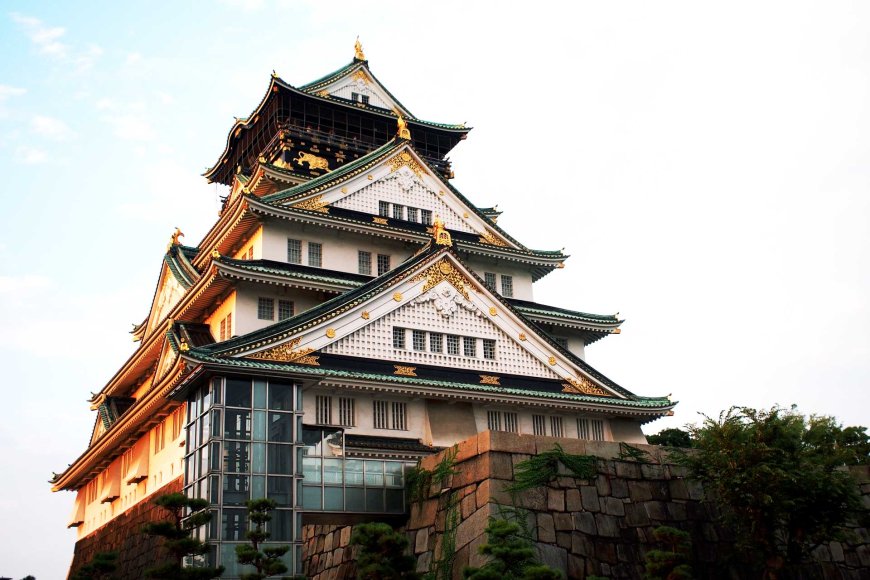
With the advent of social media, picturesque locations in Japan have gone viral, drawing crowds to once-hidden gems. The historic streets of Kyoto, the iconic Mount Fuji, and the bustling shopping districts of Tokyo are among the many attractions that have seen an unprecedented rise in foot traffic. According to data, Japan saw a record-breaking number of international tourists in 2019, reaching nearly 32 million, up from just 6.2 million in 2011. While the COVID-19 pandemic caused a temporary dip in numbers, the rebound has been swift, bringing with it both opportunities and challenges.
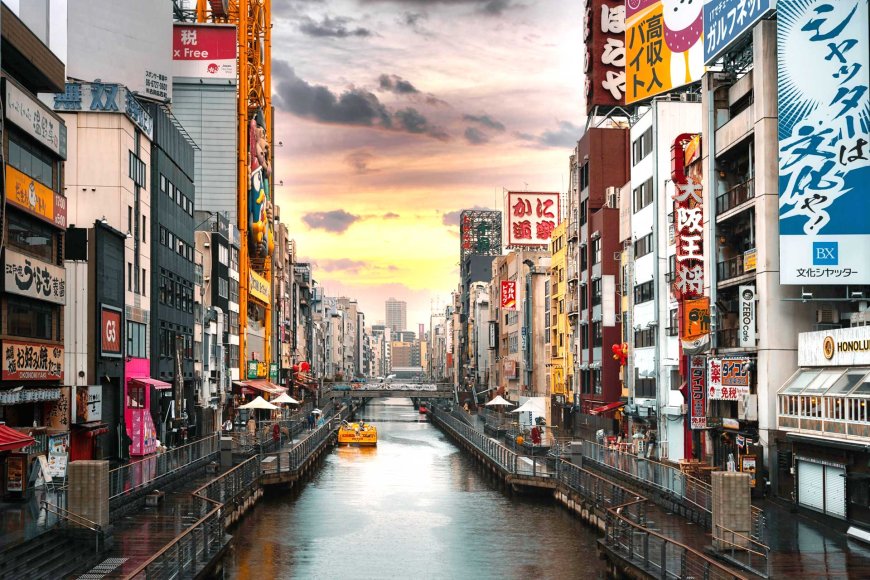
Strain on Infrastructure and Local Communities
One of the most apparent impacts of overtourism in Japan is the strain on infrastructure and local communities. Popular tourist spots often find themselves overwhelmed by the sheer number of visitors, leading to issues such as overcrowding, long queues, and increased wear and tear on facilities. For instance, Kyoto, known for its beautiful temples and historic sites, has struggled to cope with the influx of tourists. Narrow streets and small temples designed for a smaller number of visitors are now thronged with crowds, detracting from the serene experience these places once offered.
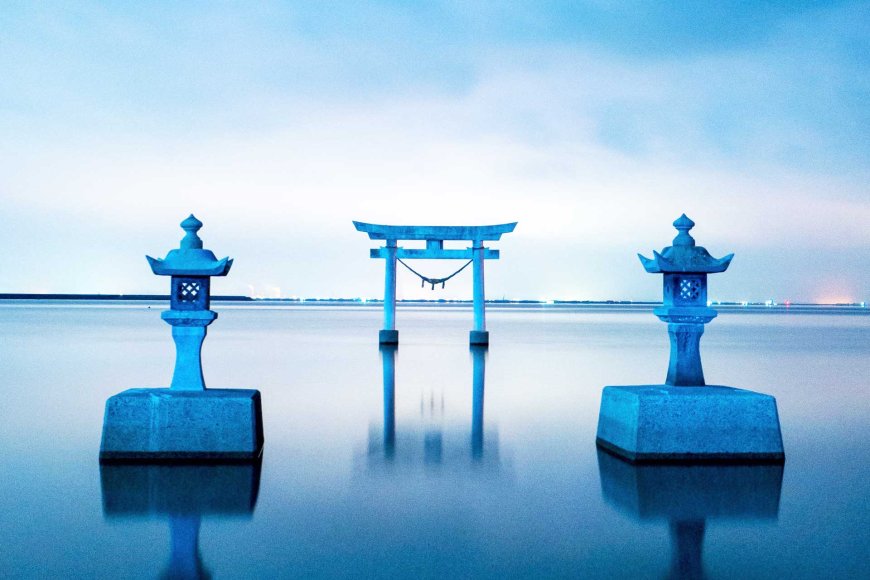
Public transportation systems, particularly in tourist-heavy areas, also face significant pressure. Trains, buses, and even local taxis can become overcrowded, making daily commutes difficult for residents. The local population, accustomed to a certain pace and way of life, often finds their routines disrupted by the constant flow of tourists. The rise in short-term rental accommodations, such as those offered by platforms like Airbnb, has also been a point of contention, as it can lead to increased rental prices and alter the dynamics of local neighborhoods.
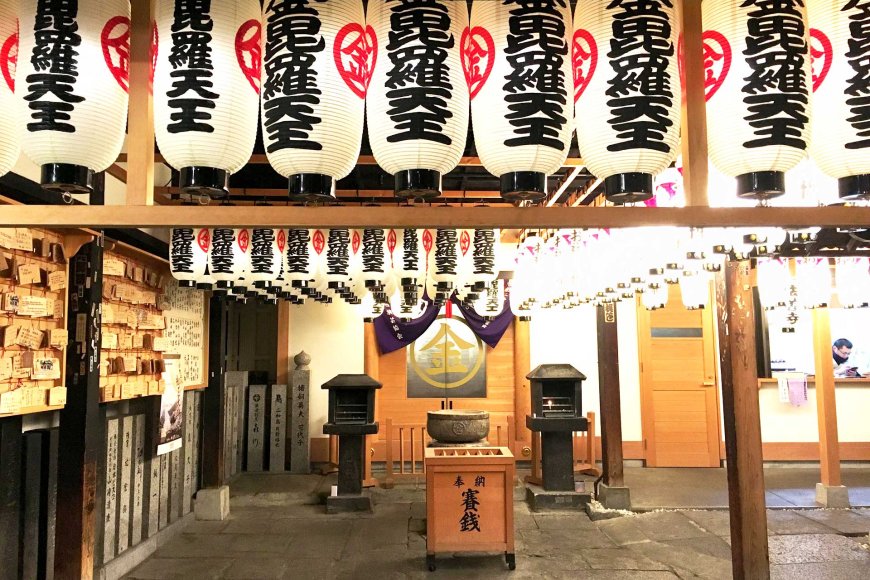
Environmental Impact
The environmental impact of overtourism cannot be ignored. Increased foot traffic in natural reserves and historical sites can lead to environmental degradation. Fragile ecosystems, such as those around Mount Fuji or the picturesque island of Miyajima, face the risk of damage due to littering, trampling of vegetation, and the general disturbance caused by large numbers of people. Coastal areas, too, are not immune to the effects, with popular beach destinations seeing a rise in pollution and erosion.
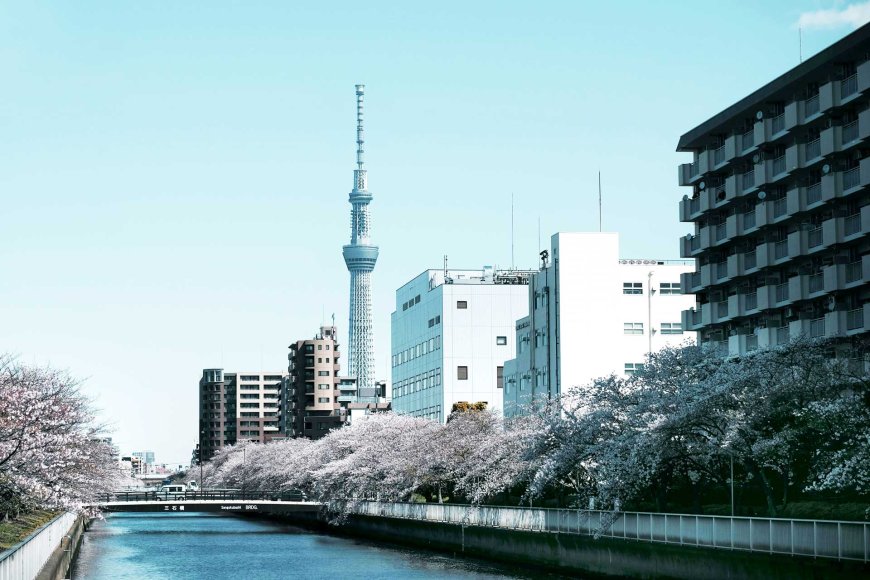
Efforts are being made to promote sustainable tourism practices, such as encouraging visitors to respect local customs, reducing plastic waste, and preserving natural habitats. However, the balance between accommodating tourists and protecting the environment remains a delicate one. Japan's challenge lies in implementing effective measures to ensure that its natural and cultural treasures are preserved for future generations while still welcoming the world to experience them.
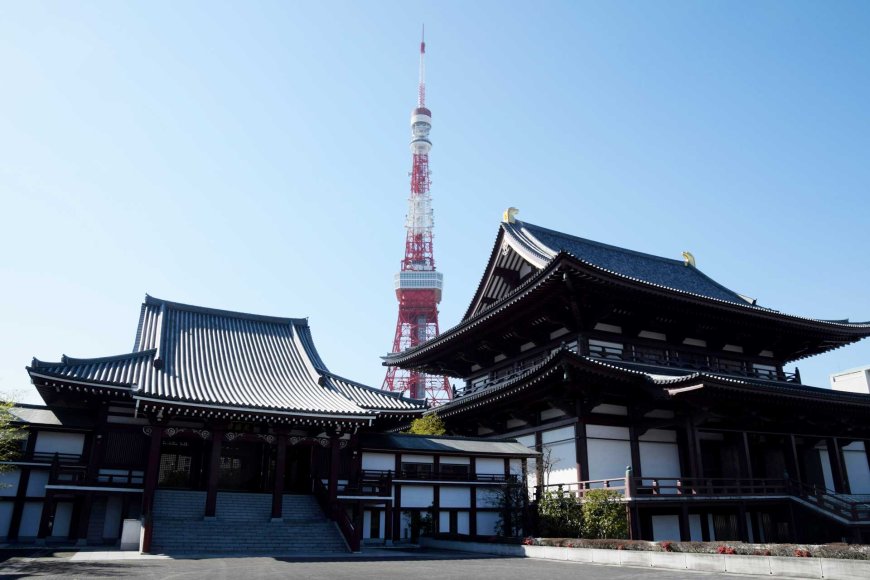
Preserving Cultural Integrity
The cultural impact of overtourism is another area of concern. Japan's cultural heritage is a significant draw for visitors, but the sheer volume of tourists can lead to the commercialization of cultural experiences. Traditional festivals, rituals, and local crafts risk losing their authenticity as they are adapted to cater to tourist expectations. The influx of visitors can sometimes lead to a dilution of local customs and traditions, which are often put on display rather than being lived out in their genuine form.
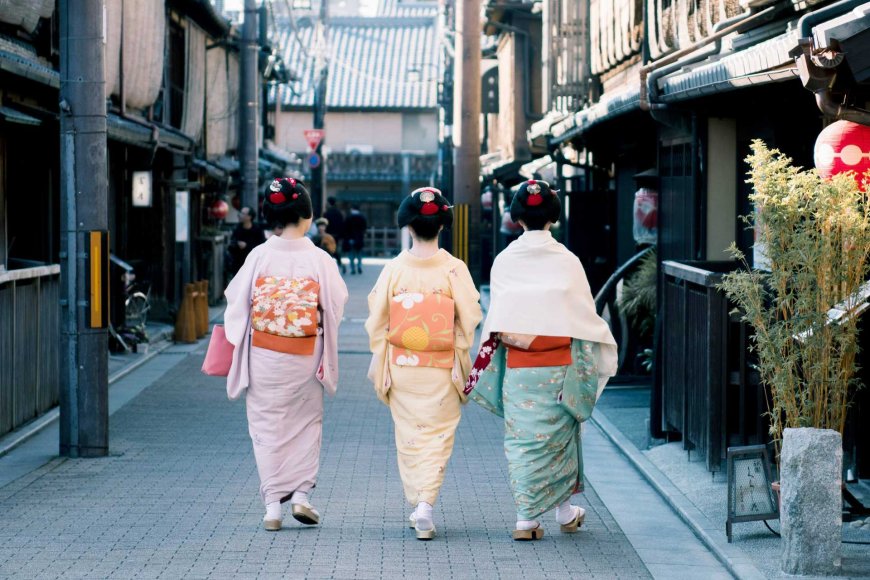
Local communities may feel the pressure to conform to the demands of tourism, potentially leading to a loss of cultural identity. In some cases, sacred sites and cultural landmarks may restrict access to preserve their sanctity, limiting the very cultural exchange that tourism seeks to promote. Finding a balance between showcasing cultural heritage and maintaining its authenticity is crucial to preserving the essence of Japan's rich traditions.
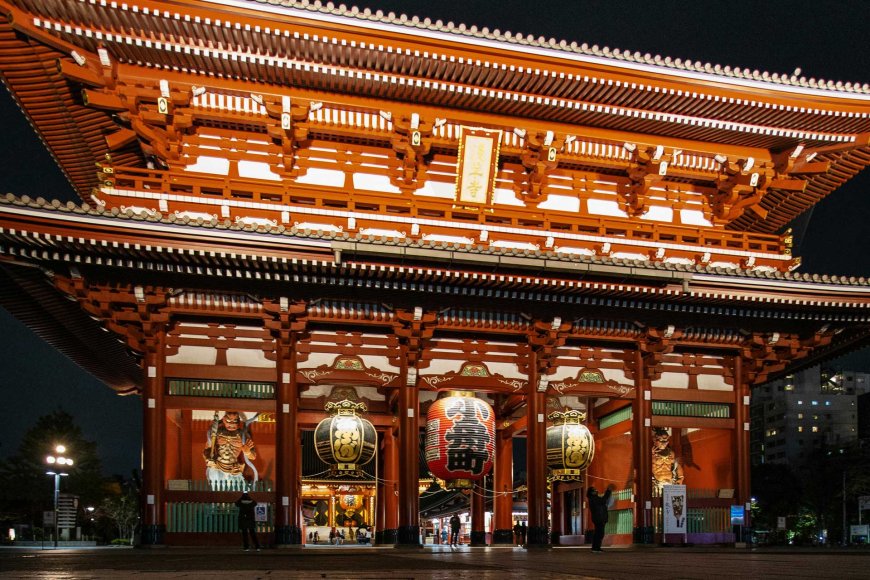
Sustainable Tourism
Addressing the challenges of overtourism requires a multi-faceted approach. Japan is increasingly focusing on promoting sustainable tourism practices to mitigate the negative impacts. Measures such as regulating visitor numbers, encouraging off-season travel, and promoting lesser-known destinations are being considered to distribute the tourist flow more evenly. The Japanese government and tourism authorities are also investing in infrastructure improvements and promoting educational campaigns to foster responsible tourism behavior among visitors.

Engaging local communities in tourism planning and decision-making is vital to ensuring that their needs and concerns are addressed. By involving residents in shaping the tourism landscape, Japan can create a more inclusive and sustainable model that benefits both locals and visitors.

Tourism and Preservation
Japan's tourism boom is a testament to the country's enduring appeal and the allure of its cultural and natural treasures. However, the challenges of overtourism are real and must be addressed to ensure that Japan remains a destination that can be enjoyed by all, without compromising the well-being of its residents and the integrity of its cultural and natural heritage. As Japan navigates the complexities of overtourism, the focus must remain on sustainable practices that balance the needs of tourists and locals alike, preserving the unique charm and beauty that make Japan a truly extraordinary place to visit.
Find Cheap Flight Tickets to any Destinations in Japan and the Philippines
Nipino.com is committed to providing you with accurate and genuine content. Let us know your opinion by clicking HERE.






























































